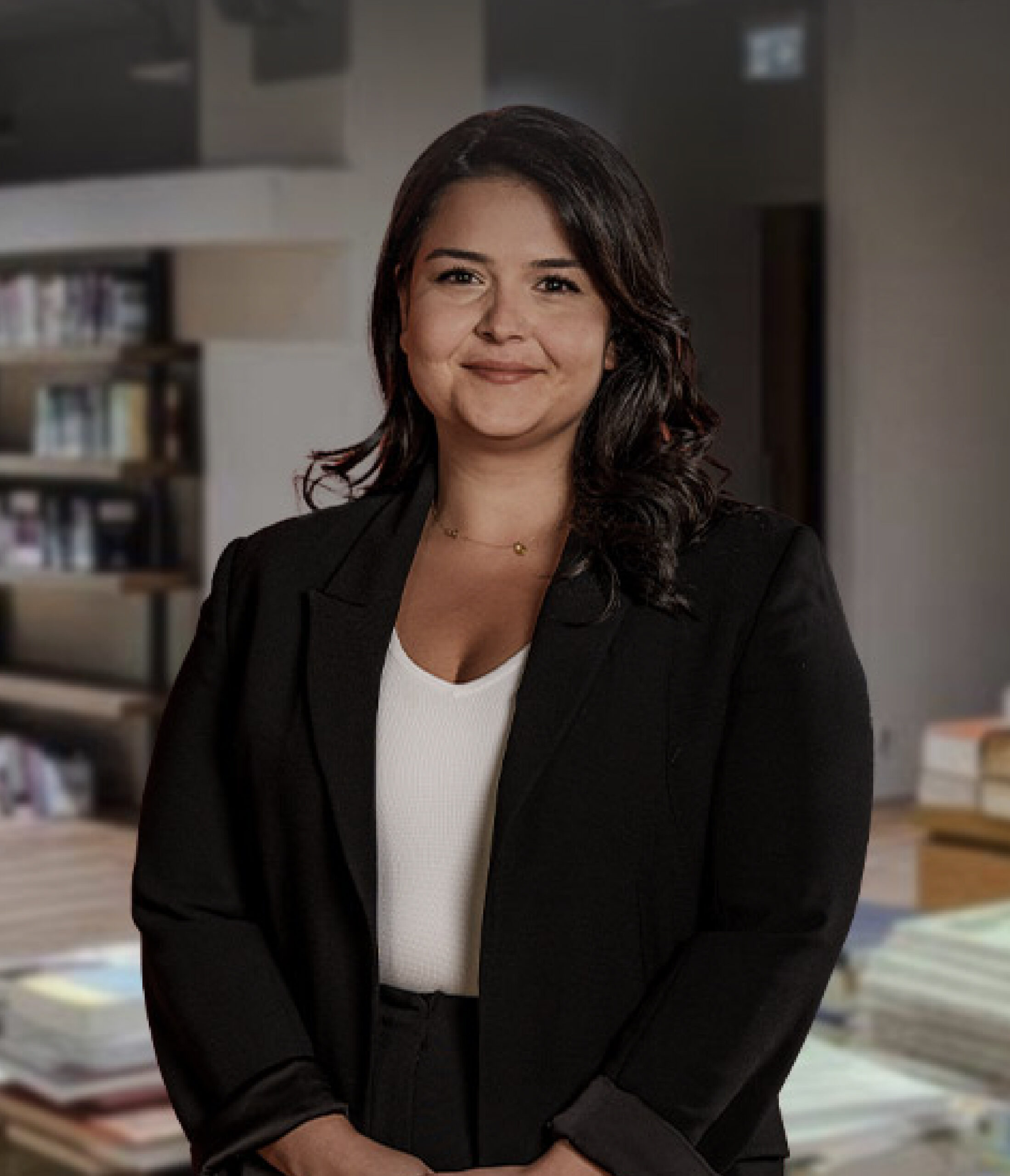Patents are a crucial component of intellectual property protection because they foster innovation and creativity while defending the rights of inventors. Patents grant exclusive rights to inventors or innovators for a limited period of time. The patent holder has various rights and privileges regarding their invention during the protection time, which they can utilize to either commercially exploit it or license it to others. Another aspect of these privileges is the right to prevent third parties from using the invention.
The scope of the exclusive rights is evidently set according to certain exceptions and limitations to strike a balance between the interests of the right holder and those of the public. For example, mandatory licensing as well as research and Bolar exemptions are applied to protect the inventor’s rights while ensuring that competition and access to necessary technologies are safeguarded as major public interests.
Another such example is the “prior use exception,” which is regulated in Article 87 of the Industrial Property Rights Law numbered 6769 (“IP Law”). In the context of Turkish patent law, this article seeks to clarify the prior use exemption, its relevance, and its ramifications.
Article 87 stipulates that the patent applicant or the patentee shall not have the right to prevent persons who have been using or have taken serious and real measures to use the invention in good faith in Turkey on or before the application date from continuing to use the invention in the same way or from starting to use it in accordance with the measures taken.
However, such persons’ activities regarding the invention may be to the extent that the activities meet the reasonable needs of the business they own. The right arising from prior use cannot be extended by granting a license and this right can only be transferred together with the business.
This typically occurs when the third party was secretly using the invention in the course of its business prior to the filing date or priority date of the application or making significant preparations to do so. In practice, for a variety of business and economic reasons, inventors may opt not to pursue patent protection for each and every innovation. This could occur, for instance, if the innovator lacks the funds to file for patent protection or adopts a business strategy that prioritizes confidentiality over patent protection.
The prior use exception aims to enable these third parties to continue using the invention based on the investments they have made in relation to it.
What Are the Conditions of Prior Use Exception?
The prior use exception provides a restricted right with a limited scope and quite specific requirements that must be satisfied since it is an exception to the exclusive rights granted to a patent owner. While some of these conditions are obvious, others are contested.
These requirements can be listed as follows:
1. The use or serious and real measures to use the invention should be taken before the application or priority date of the patent:
It must be noted that even if the IP Law mentions the application date of the patent to determine the timing of the prior use, it is reasonable to interpret this article as the application date or priority date, if any.
As to the issue of which acts constitute “use”, it is noted that use means the commercial exploitation of the invention by the prior user, which would otherwise constitute an infringement of the patent.
However, the regulation itself does not describe the concept of serious preparations for the use, nor does it provide any examples, meaning these conditions must be evaluated on a case-by-case basis. Still, these preparations can basically be defined as adequate preparations to put the invention into practice and use it. For example, solid activities such as preparing workshop drawings and models as well as final contracts with the manufacturer can be deemed as serious preparations. On the other hand, purely experimental or non-embodied preparatory activities such as laboratory tests would not be considered as serious measures.
2. The use must take place in Türkiye:
The legislators have limited the scope of prior use territorially, meaning it has to occur in Türkiye. For example, a foreign company’s prior use abroad cannot provide an exception to their subsidiary in Türkiye.
3. The use or the measures taken must be committed in good faith:
Good faith in the context of prior use exceptions means that the invention should be developed by the prior user independently from the patent owner and without knowing the content of the invention claimed in a patent application. For example, if an employee in a technology company possesses the technical information related to the invention subject to the patent due to his position, their use of the invention during their employment will not be in good faith. Since bad faith requires a subjective examination, a case-by-case examination must be conducted. As a general rule, it can be concluded that the prior user is not acting in good faith if they have been provided with information by the patentee in any way without the intention of disclosure to the public and for purposes such as discussing and evaluating the invention.
What Are the Limitations of Prior Use Exception?
As stipulated in Article 87, the exceptions are limited and the actions of the prior user are only allowed to the extent that the reasonable needs of the entity are met. But what is “a reasonable need” and is it subject to interpretation?
Put simply, the use is a reasonable need for an enterprise if it is essential for the normal existence of that enterprise. Unlike other jurisdictions, the legislator has chosen the term “reasonable” to prevent the prior user from making excessive use of the invention. However, the concept of “reasonable need” must be determined separately for each concrete case.
Considering the concept of reasonable need, one may question whether the type or amount of use can change over time. Unfortunately, unlike many jurisdictions, the IP Law remains silent on this question and leads us to the issue of whether any changes can be considered within the scope of being the reasonable need of an entity.
It is generally accepted that the prior user is not bound by the type of prior use as long as these changes are not fundamental and do not alter the nature or type of the enterprise. For example, a prior user who has only been selling the product but has also had serious preparations for manufacturing it can start producing the product. However, if a company has only been using the invention for its own business, it cannot start to mass-produce and sell it to third parties within the scope of prior use exception.
The amount may also be changed as long as it is reasonable because there are not any quantitative limitations set forth by the law.
Therefore, the general rule should be to allow the prior user to continue “in the same manner” or according to the preparations which had been undertaken until then and within the framework of reasonable need.
It is also open to debate whether the prior user would be entitled to modify the use and whether they are bound by the sole embodiment of the invention that they possessed at the time they qualified for the prior use exception. In this context, it is clear that the right of prior use may not be interpreted so narrowly that the prior user cannot make economically reasonable use of it. As stated in a decision of the Federal Court of Justice in Germany[1], it must be remembered that a patent’s technical teaching may also cover alternatives that realize the invention’s technical and commercial benefits in different ways quantitatively or qualitatively. In any instance, granting access to all these alternatives to the prior user at the expense of the patent holder does not necessarily make sense given that the prior user has only acknowledged and used some of these alternatives. Therefore, it would be reasonable not to allow further embodiments if they utilize an additional advantage of the patented invention that was not obtained by the previously used application.
Another limitation to the prior use exception is that it provides a right that cannot be licensed and can only be transferred with the transfer of the enterprise. However, situations where the enterprise has only been partially transferred or the transfer happens through liquidations are not regulated.
One may also consider whether an enterprise that has more than one production facility and consists of units located in geographically different places can be considered a single enterprise and whether it is possible to consider the use of the invention, which is currently used only in one or some of these facilities, in other facilities in line with the needs of that enterprise and thus within the scope of prior use exception. All these units can be accepted as one enterprise if the headquarters and other business units are in one organization and receive orders and instructions from the headquarters.
Practice in Turkish Law
Unfortunately, there are not many precedents with respect to the prior use exception to shed light on the ambiguous matters.
Still, in one of the decisions of the Court of Appeal, the concept of prior use exception was examined. The plaintiff alleged their patented automatic tea withering machine was used by the defendant in various factories and claimed infringement of their patent rights.
The defendant, on the other hand, argued that they had drawn projects for the machine and installed and processed it in the factory prior to the filing date of the patent.
The first instance court accepted that the defendant’s activities were sufficient to benefit from the prior use claim and that serious measures had been taken to use the invention. The decision was upheld by the Court of Appeal.
The Court of Appeal considered that the defendant, a state-owned enterprise, could continue using the invention in other facilities although the prior use had taken place only in one of their factories.
State-owned enterprises, like their private counterparts, have a legal personality, meaning they can have multiple workshops or factories operating in the same field in different locations. For this reason, the use of the invention in factories different from the one where it was first used was also considered to be within the scope of prior use exception since all factories belonged to a single enterprise.
Conclusion
The prior use exception in Turkish patent law provides a crucial mechanism to protect the interests of parties who, in good faith, have been using the invention before the application date of a patent. Still, this exception should be interpreted carefully and not too broadly to encourage the over-exploitation of the patent or to override the patent rights.
Since the law itself includes subjective terms such as “reasonable” and does not regulate issues like modifications to the embodiment of the invention, further clarification either through a guideline or a regulation is needed.
[1] German Federal Court of Justice, decision of 14 May 2019 – Schutzverkleidung, X ZR 95/18. Published by
OUP and CH Beck on behalf of GRUR International, 69(2), 2020, 168–173




